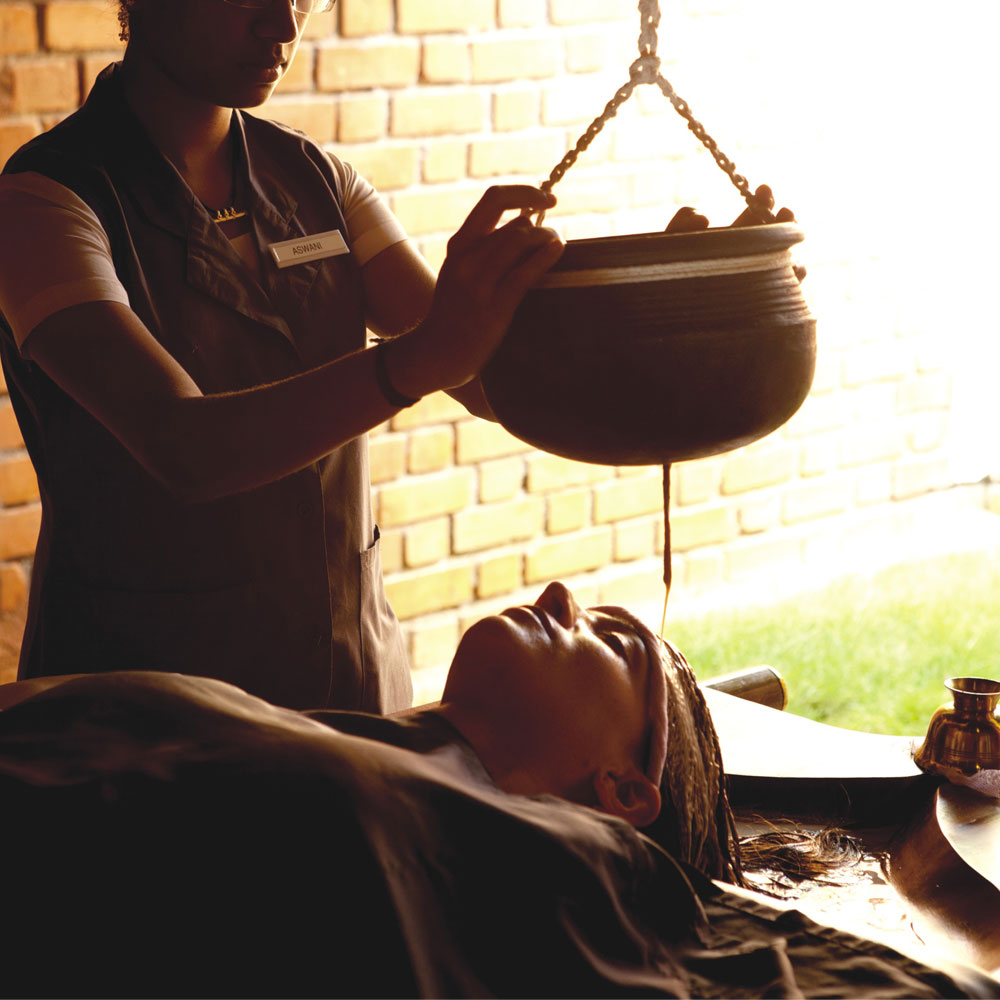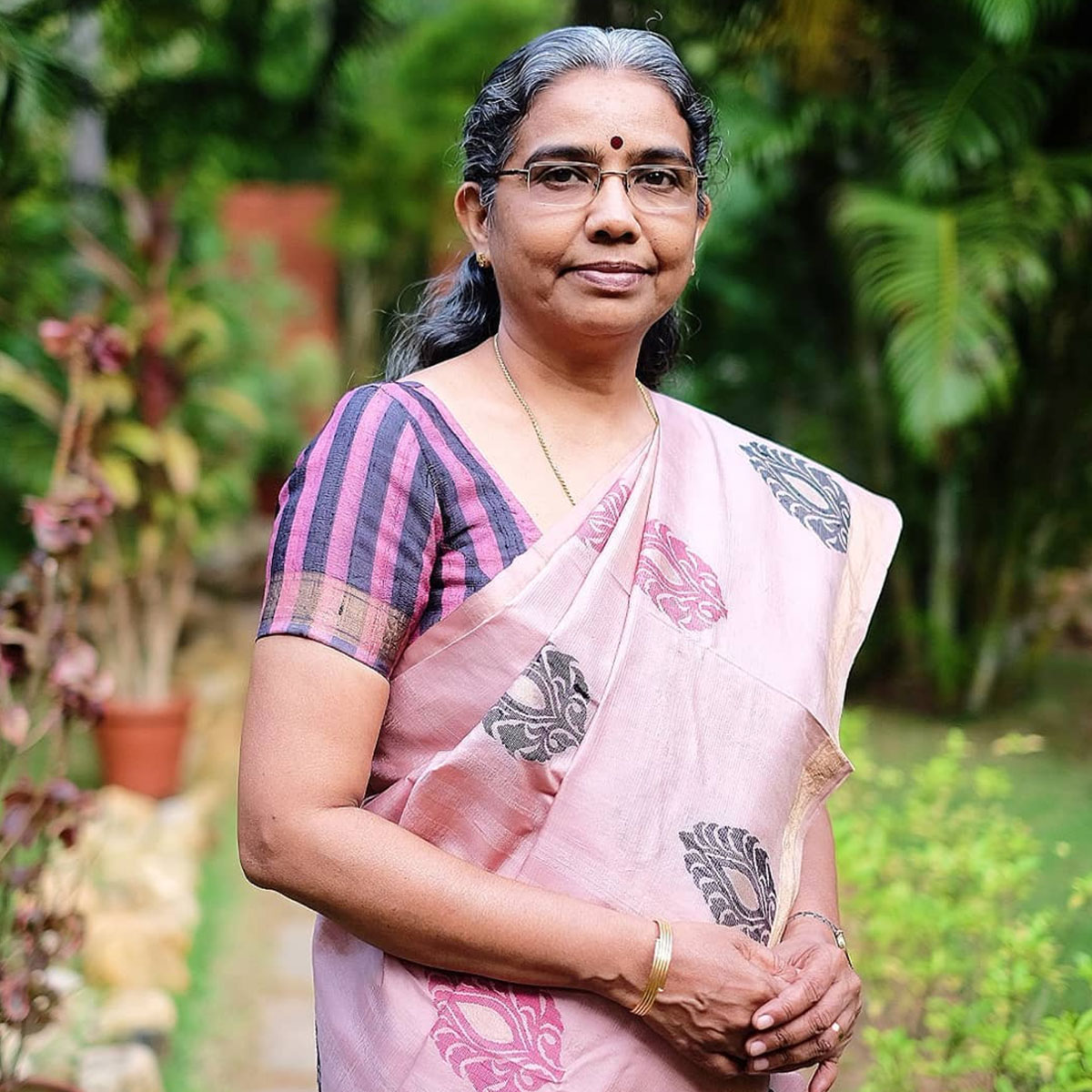Ayurvedic Panchakarma is gaining popularity throughout the World!
A proper Panchakarma treatment requires expelling out the problematic Doshas from your body by preparing your body in a particular manner, so as to bring the targeted Doshas to a location from where they can be easily expelled out.
Preparation according to Ayurveda requires Oleation and then Sudating the body. Sudation or Swedana are of various types. An expert Ayurveda Doctor will choose the specific type of Swedana depending on the type and nature of Dosha involvement, the area or part of the body involved.
One of the best time tested procedures is the Steam Bath, which is used for Sudating the entire body. Here, a steam chamber is used to concentrate medicated vapours inside it, and the person is made to sit / lie inside the chamber for a specified period of time.
The time for which the person is inside the Steam Bath should also be decided by a Doctor, by considering the medical status of each individual.
Apart from being used as a pre procedure for Panchakarma, Steam Bath has other medical applications too!
Benefits:
Swedana helps to get rid of pain and inflammations. But, the type of Dosha involvement should be considered before doing Swedana. If pain is having the characters of a Pitta aggravation, then Swedana is not a good option.
Swedana has the ability to relax the stiffness and rigidity of joints and muscles if done after application (massage) with suitable medicated oils. This technique is used in treatment of many medical conditions like ankylosing spondylitis.
This never means that Steam Bath is a routine treatment in Ayurveda. It should only be used with due consideration of its contraindications.
Contraindications:
Swedana is generally contraindicated in Pitta vikruty (imbalance). Pitta vikruty refers to a wide spectrum of expressions in terms of Ayurveda. For example, while doing Steam Bath for individuals who have fluctuations in their blood pressure, the medical team should be very cautious to deal with any complications that may arise!
Pre-considerations:
The hydration status of each individual should be monitored on a regular basis, for deciding whether to do Steam Bath. The person should also be advised to keep hydrated with adequate use of balanced electrolytes so as to combat the loss due to induced sweating.
If a medicated steam (medicated vapour) is used for inducing sweating, then, the medicine should also be used depending on the medical conditions of the individual.
Sometimes Steam Bath may be advised after application of medicated pastes over the body. More than inducing sweating, this technique has the aim of increasing the systemic absorption of the applied medicine. Such treatments are done only in specific conditions as per the decision of the Doctor.
Action of Sarvanga Swedana (Steam Bath) on each doshas:
Steam Bath has the property of Ushnatwa (hotness), Snigdhatwa (unctuousness), Tikshnatwa (sharpness) and Dravatwa (flowing). But these properties can be altered based on the nature of medicines used in the vapours.
Generally, Steam Bath can control Vatha Dosha due to its Ushnatwa and Snigdhatwa. It can also control Kapha Dosha due to its Ushnatwa and Tikshnatwa.
But, due to Ushnatwa, it is contraindicated in Pitta diseases.
In case, if Swedana is very necessary in cases of Pitta diseases, the Medical Team should choose the suitable medical combinations to control the properties of the vapours.
Alternatives:
Even though Steam Bath has several properties unique to itself, in cases where sweating is essential, but Steam Bath is not advisable, then there are many alternatives that can be considered.
Nadi Swedana (Steaming through tubes): This is an option where whole body steaming is contraindicated. But Steam with medical properties can be applied to specific body parts through this procedure. In people who have circulation issues, this is an option to get desired results with minimal chances of complications.
Aavi kizhi: This is an option to try in cases where heat application is required only in local body parts. The added advantage is that, certain special medicines can be used in this procedure without losing their potency.
However, all these choices are completely dependent on the decision by the Ayurveda Doctor.

